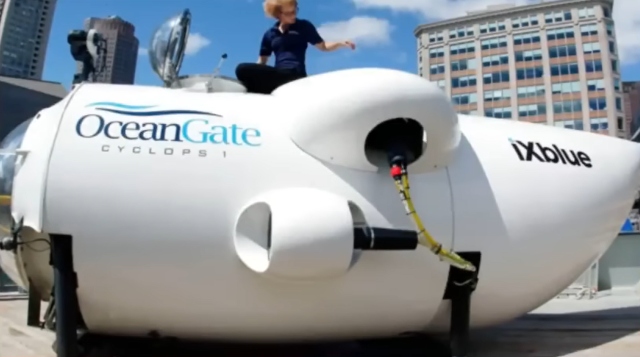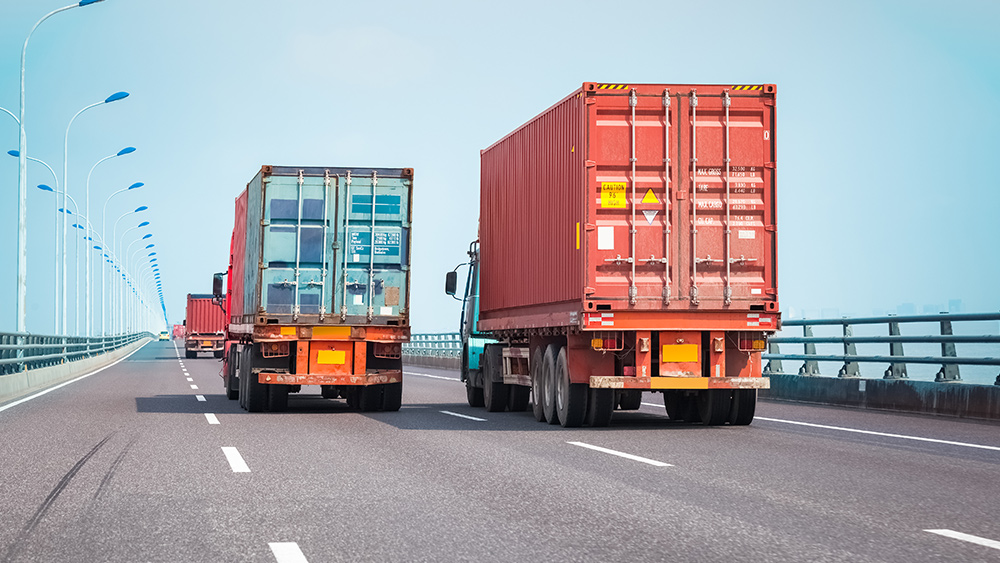
Emergency communication list
In creating an emergency communication plan, the first thing you need to do is create a list of everyone you intend to contact in case of a disaster. This will include family members, but may also include friends and neighbors and anybody else that you trust with your plans. This list needs their names, addresses, all of their phone numbers, emails and links to their social media pages if you believe you can contact them online.
Once you’ve compiled your list, choose one person who lives with you or very close to you and choose one person who lives the furthest away from you. These two people will be your main contacts for news. The first person will be able to give you updates regarding the situation close to home. He or she will also help link up your family and group members and coordinate an evacuation. (Related: Preparing your family for disaster: How to develop your emergency plan.)
Once disaster strikes and you aren’t directly in harms way, take out your list and begin communicating with every single person in it. Start with your family, and then with your main local point of contact. End with your main point of contact who lives far away from you to get an update of the situation farther out from your residence.
While communicating with the people on your list, relay every single detail regarding your disaster contingency plan, such as where to rendezvous, where to bug-out and what roads to take or to avoid. If you have the time, send them emails, text messages or messages on their social media accounts to give them a written message they can reference.
Emergency communication methods
In order to relay your emergency communication plan, you will need a reliable method of communication. If this can all be done via smartphone, landline or a computer, then you shouldn’t have a problem. However, if you don’t have cell service, you can’t reach your family or your internet service is down, you need to turn to other, more reliable means of communicating.
If possible, invest in a satellite phone. These phones have more stable networks since they do not rely on cell towers. Other possible communication methods include ham and CB (citizens band) radios.
You can even use two-way handheld radios that either work on GMRS (General Mobile Radio Service) or FRS (Family Radio Service). Many of these two-way radios can function effectively at a range of anywhere between five to 35 or even 50 miles.
However, two-way radios will only work well under perfect conditions, such as if your line of sight with each other is relatively unobscured. If your family lives in an urban area, it's unlikely you'll get a good signal further out than two or three miles.
Invest in multiple emergency communication methods if you are able to do so. There is nothing wrong with having a ham radio at home, a two-way radio in your car and a satellite phone in your pocket.
Remember that your emergency communication gear will only work as well as your emergency plan. Work on your plan first before figuring out how to execute it.
Sources include:
Please contact us for more information.























